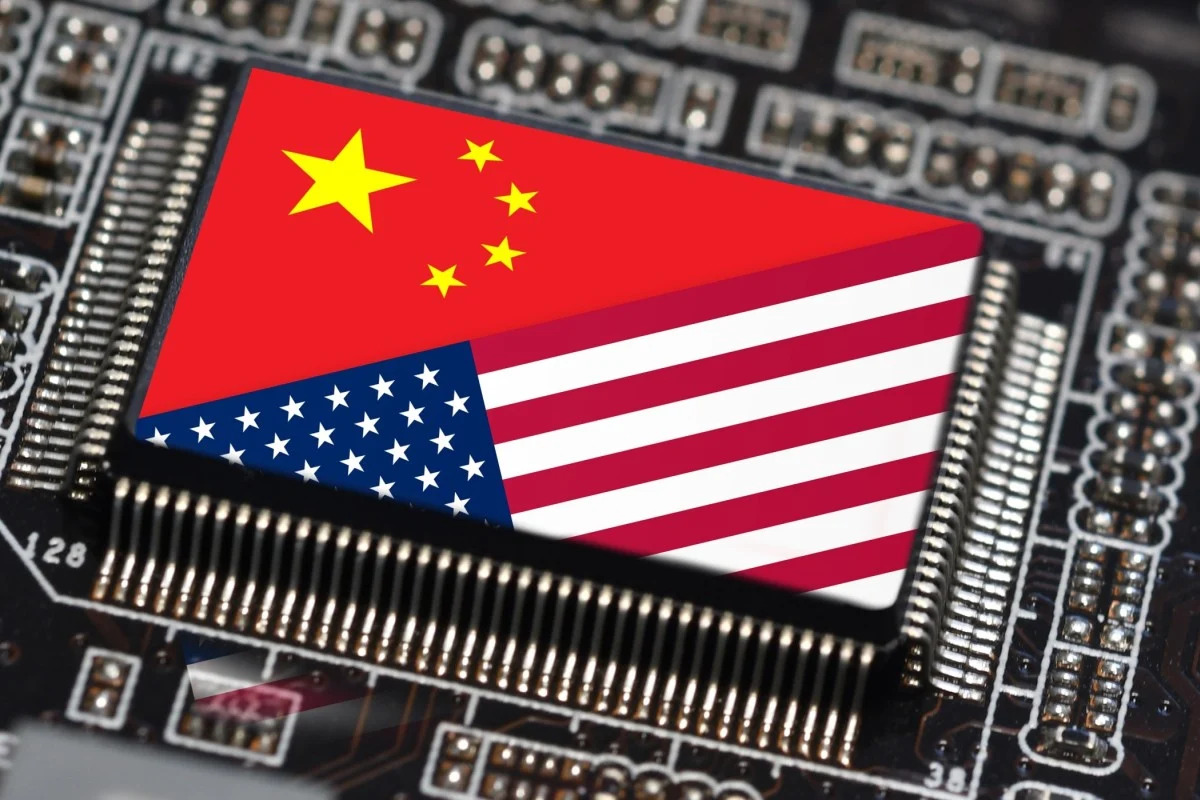Semiconductors are the foundation of modern technology. They power a diverse array of devices, from regulating cycles in rice cookers to managing complex flight systems in airplanes and even handling the intensive data processing of artificial intelligence. As such, they have emerged as a focal point in ongoing US-China trade tensions and a battleground in the global tech war. To maintain US dominance in the semiconductor industry, President Biden introduced the CHIPS Act, allocating a $52.7 billion federal subsidy to enhance the competitiveness of US semiconductor manufacturing. Additionally, the government sought to limit China’s access to advanced chips by requiring many US semiconductor companies to report transactions or obtain special permission before engaging in deals with China.
The US government’s export restrictions on semiconductors are grounded in the belief that China excels in replicating existing technologies but falls short of original innovation. However, the effectiveness of this strategy is subject to debate. Huawei, for instance, recently announced the development of a cutting-edge 7nm chip. Moreover, China has traditionally relied on cheaper US-made chips, which hindered domestic research and development (R&D) efforts—but export controls are forcing China to invest in domestic production, potentially leading to a future in which it no longer relies on US technology. The restrictive strategy pursued by the US government may therefore have the unintended consequence of undermining the competitive advantage of US companies in the global market, rather than bolstering it.
China had been working rapidly to advance its semiconductor technology even before the latest round of US restrictions. In 2014, China announced the creation of the National Integrated Circuit Industry Investment Fund (or Big Fund for short), a government-backed initiative to bolster the nation’s self-sufficiency in chip production. With an investment pool of 138.7 billion yuan, the fund was established to invest heavily in semiconductor manufacturing, equipment, and related materials, primarily directed toward big domestic companies like Semiconductor Manufacturing International Corporation (SMIC) and Yangtze Memory Technologies (YMTC). Subsequently, in 2015, then-Prime Minister Li Keqiang launched Made in China (MIC) 2025, aiming to position the country as a global leader in high-tech sectors such as aviation and electric vehicles. MIC 2025 also seeks to reduce China’s reliance on international technology by introducing industry standards and providing preferential treatment for Chinese businesses, as exemplified by state-owned banks offering subsidies and low-interest loans to smaller domestic semiconductor companies. This concerted, state-backed effort challenges the United States’ attempt to restrict China’s access to critical sources of semiconductor production.
Confronted with US export restrictions, China is further ramping up its drive toward self-sufficiency. In 2023, China announced a significant new fund—a staggering 300 billion yuan—to invest in its domestic chip sector, with the Ministry of Finance pledging a 60 billion yuan injection. This new initiative dwarfs previous efforts, with the 2014 and 2019 funds totaling 138.7 billion yuan and 200 billion yuan, respectively, and specifically targets chip manufacturing equipment, which is a critical bottleneck. These substantial investments have yielded results. Advancements include Huawei’s development of 7-nanometer chips, designed and manufactured by SMIC. This achievement suggests a vulnerability in US export controls, which previously aimed to restrict China’s progress at the 10nm and 5G chip levels.
The export restrictions not only fail at curtailing Chinese innovation, but also undermine the economic performance of US companies. In October 2023, Nvidia, a leading designer of graphics processing units (GPUs), initially managed to circumvent the Biden administration’s bans by modifying China-bound chips to fall below certain performance standards. However, this workaround proved short-lived, as the US government quickly closed the loophole by adding performance density as a metric, blocking sales of Nvidia’s A800 and H800 models to China. Similarly, Intel’s modified Gaudi 2 chip fell prey to the new restrictions. Both Nvidia and Intel have publicly acknowledged the detrimental impact of the trade restrictions. For instance, Jensen Huang, the CEO of Nvidia, stated that the company’s inability to sell more advanced semiconductor chips to China—which accounts for around 22.2 percent of Nvidia’s revenue—would present a serious drag on business performance. Thus, while American export restrictions may help achieve a short-term national security goal, they may simultaneously weaken the ability of US semiconductor firms to maintain technological dominance in an increasingly competitive environment.
US export restrictions also beget retaliation from China, which ultimately causes severe disruption to semiconductor supply chains. China has issued export restrictions on gallium and germanium, two major inputs of chip manufacturing whose productions it dominates—China accounts for 80% of global gallium production and 60% of global germanium production. This move presents a challenge for the United States and its allies, as only one European company and a select few in Japan and China possess the capability to produce gallium at the required purity for chip production.
Anxieties about China’s autocratic political system and its potential to accelerate chip development fuel US efforts to counter Chinese technological advancements. However, it is precisely China’s autocratic system that allows the swift implementation of policies, potentially accelerating progress in chip development. In contrast, the US CHIPS Act faces several hurdles that could impede its effectiveness. These include bureaucratic delays in approving new chip fabrication plants, a shortage of skilled workers due to tight immigration policies, and political uncertainty jeopardizing the long-term implementation of the legislation’s objectives. These barriers suggest that the most effective strategy for the United States might be to prioritize internal reforms that boost domestic innovation, instead of focusing exclusively on export restrictions.
The US-China tech war raises questions about the true nature of the American free market. Export restrictions and government subsidies, which are intended to bolster domestic chip production, are clearly interventions that contradict principles of open competition and minimal government involvement. Their effectiveness is also debatable. While they may temporarily deter China’s semiconductor advancements, can they truly temper China’s long-term progress? China has a history of forcing foreign companies to share technology and then heavily subsidizing domestic companies to achieve self-reliance. US policies may merely be hastening China’s path to self-sufficiency in chip development.
